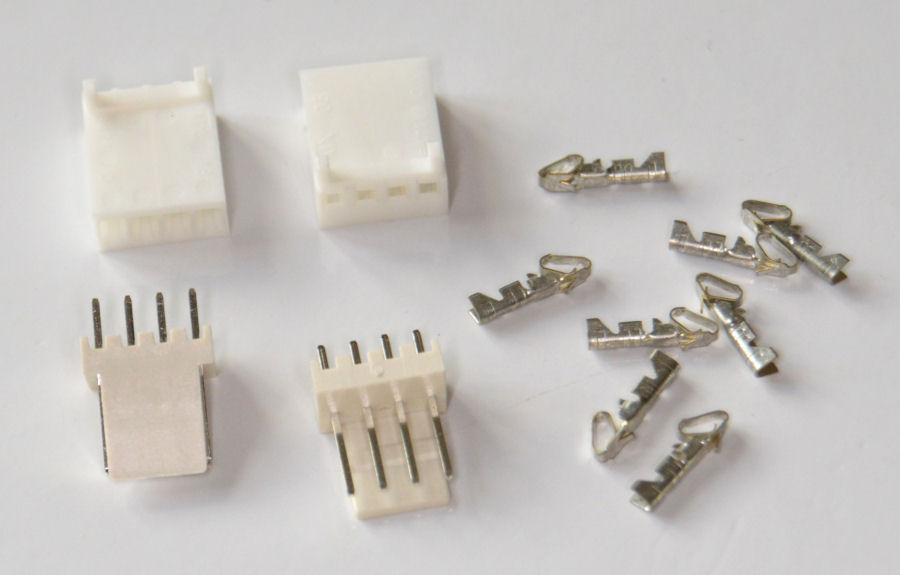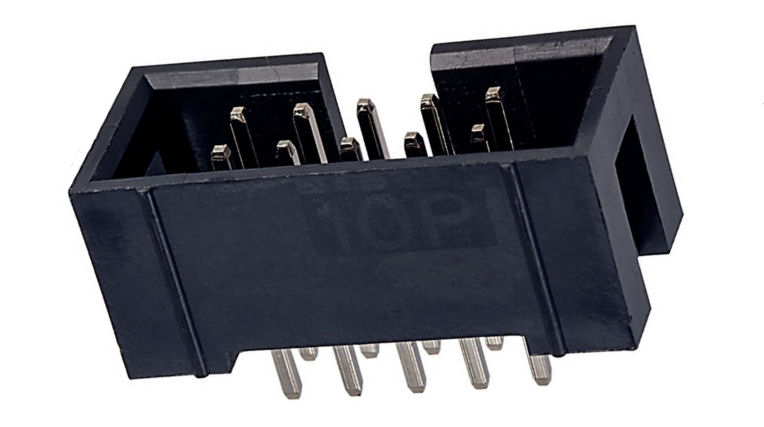Arduino Connectors
When we started doing smart home projects in 2006, we quickly realised that life would be much simpler if we didn;t use many types of connectors but, 'standardised' on a small range of connectors for use in our contextual smart home. We also standardised on how the pins were used on each connector as much as we possibly could, to ensure things worked reliably and we couldn't connect things together the wrong way.
So we are using quick a small number of connectors in our smart home:
Molex 4-Way SIL Connector

We have 'standardised' on a Molex 4-way Single In-Line (SIL) connector for connection of digital and analogue sensors. These are compact, cheap and reliable. The four pins carry 5V dc, 12V dc, GND and the sensor output. We can connect pretty much anything using this connector.
The pins are crimped and soldered to maximise the reliability.
We use these are on Arduino shield and optical input boards.
10-Way Shrouded Header Connector

We have also "standardised" on a 10-way Dual In-Line (DIL) shrouded header and ribbon cable connector because it allows us to expose 8 input or output pins along with a 5V dc supply and a GND connection. We can then easily connect a number of other projects boards we have developed to enable powerful smart home sensing and control. We have also developed software libraries around this concept, to make it very quick and easy to develop new smart home capabilities.
We use these are on Ardunio shield and Ardunio Mega 2560 header.
A ribbon cable is used with these shrouded headers.


